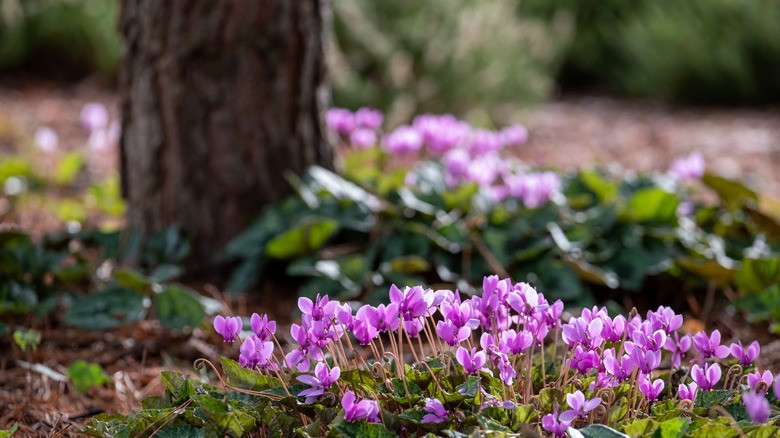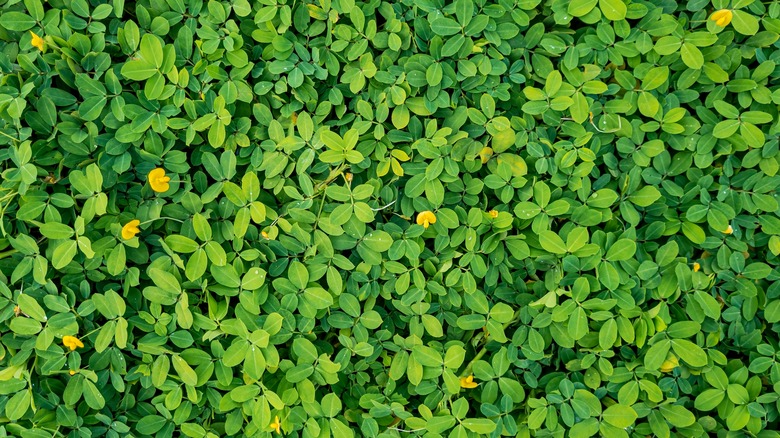What Are Ground Covers, And Do You Really Need Them
When trying to improve the look of your yard, you might focus on flower beds or on selecting a variety of trees. However, one of the fastest ways to give your yard a boost is by removing bare spots in the grass. Some areas on a property simply don't take well to traditional bluegrass, so you may want to try a different option. Ground cover is a popular choice, as it grows in a variety of places where grass doesn't thrive. It can generate a splash of color that creates an interesting focal point. It doesn't require much maintenance either.
Cover plants aren't perfect for every situation. If you are someone who wants symmetry in your yard, planting ground cover in some areas and grass in other areas may not fit your desires for the space. Some people treat anything that isn't grass as a weed and attempt to eliminate it immediately. Some of these plants will spread quickly, and they may infringe on areas of the yard where you don't want them, forcing you to find a way to eliminate ivy ground cover.
However, in a heavily treed space on your property, you can introduce ground cover plants that love shade to fill in bare spots. They also work well on hilly areas that are difficult to mow safely and where erosion may be causing problems. We'll break down the key things you need to know about these hearty plants.
Best reasons to choose ground cover
Ground cover plants are those that spread easily, allowing them to cover a large space. They typically hug the ground tightly, rather than growing upward like flowers or grass. You often don't need to mow them because they tend to remain close to the soil, which reduces the amount of maintenance you need to perform in the area. Some ground covers don't need regular watering.
One of the best reasons to use them is because of their toughness. In fact, in areas of the lawn where you are struggling to control unwanted weeds, ground cover plants typically can choke out the weeds. They grow thick and dense, which leaves little room for weeds to find sunlight to grow. Areas of the yard where dogs or kids are wearing out grass because of constant paw or foot traffic tend to work nicely for ground cover too. Because they spread wide, rather than growing tall, they can spread across the foot traffic paths, rather than breaking off under stress at the base of the plant.
Some people love the colors they receive with these spreading plants. Whether you want purple. orange, pink, blue, red, or yellow flowering ground covers, you can find several different plants to fit your needs. The flowers attract bees and birds, giving the yard a vibrancy that regular grass simply cannot duplicate. Some people even use them to frame a sidewalk or driveway border in a colorful way.
Do I have to use ground covers?
Although ground cover plants make it easier to generate growth in areas where it's challenging for traditional grass to thrive, you certainly can grow grass in these difficult spaces instead. It just takes a little extra time and sweat equity to encourage the plants you want to thrive in spaces, whereas ground cover gains a foothold much faster.
If you have bare spots in your yard where you can't seem to grow grass, start by testing the soil in the areas. These spots may need a shot of nutrients that give the sod or seeds the ability to have a chance to thrive. You may simply need to aerate and dethatch the area to refresh the soil, or you might need to bring in new topsoil to create a space where traditional bluegrass is able to grow strongly and cover the bare spots. Make sure the space is receiving the water it needs too. If you have an automatic sprinkler system, water may not be reaching this spot without you realizing it.
Figuring out how to keep grass thriving on a steep slope in your yard is an additional challenge. Rainwater can wash seeds away or can cause erosion. You could try creating a terraced yard that improves the grading. To try mowing the slope without scorching the ground, always try to mow up and down the slope, rather than going across it. And remember to always mow at the highest blade setting.


